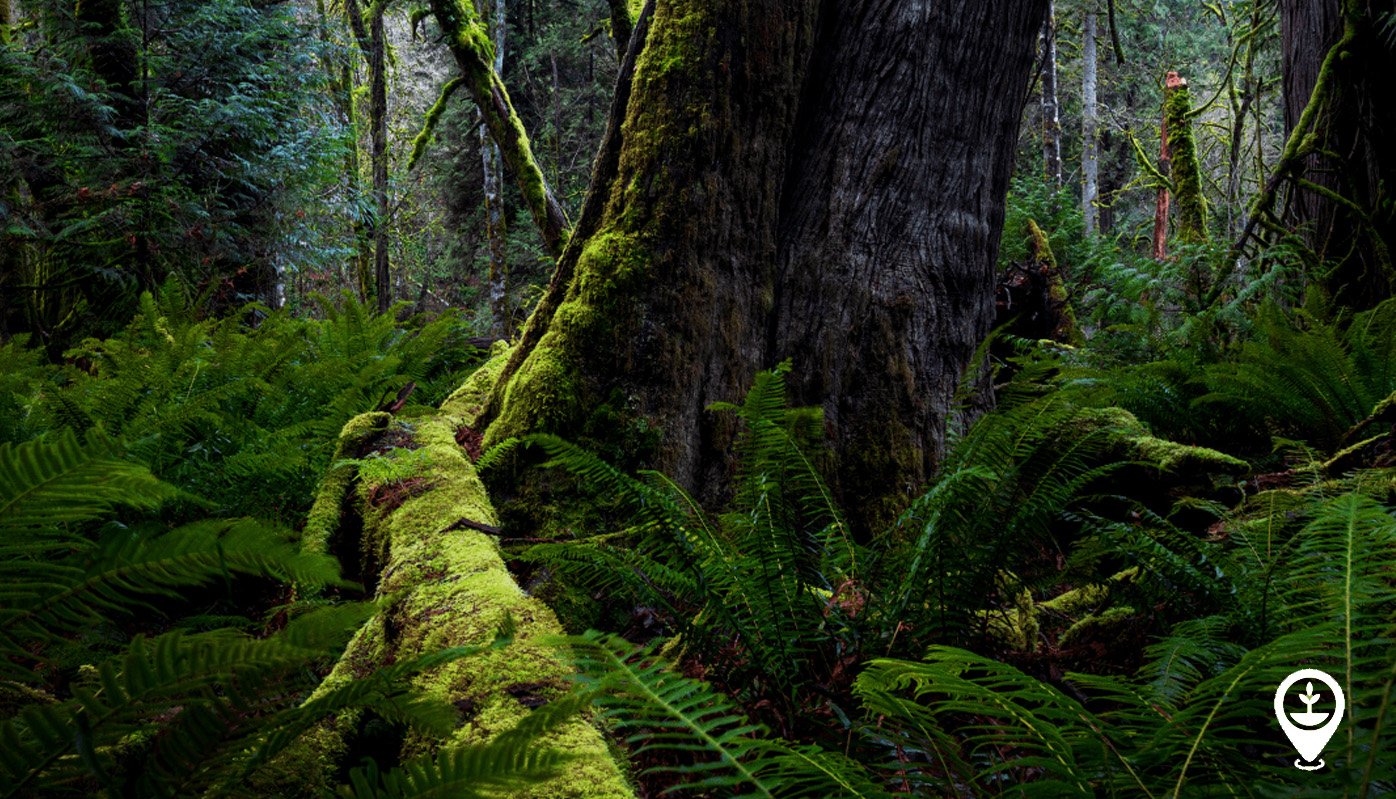Old-growth forests, often characterized by their age, size, and rich biodiversity, play a critical role in maintaining climate stability. These ancient ecosystems have developed over centuries, providing essential services that help regulate the Earth’s climate and support countless species. This article explores the significance of old-growth forests, the threats they face, and the actions needed to protect these invaluable resources.
1. Understanding Old-Growth Forests
Old-growth forests are ecosystems that have developed over long periods without significant disturbance. They typically feature:
- Diverse Canopy Layers: These forests are composed of multiple layers of vegetation, including towering trees, understory shrubs, and a rich ground layer of mosses and fungi. This diversity supports a wide range of wildlife.
- Unique Biodiversity: Old-growth forests host numerous species, many of which are adapted specifically to these environments. This includes not only trees but also fungi, birds, mammals, and insects that rely on the intricate relationships formed within these ecosystems.
- Complex Structures: The trees in old-growth forests often have large, irregular shapes and a variety of age classes, creating habitats for many organisms. Standing dead trees (snags) and fallen logs provide essential resources for wildlife.
2. The Role of Old-Growth Forests in Climate Stability
Old-growth forests are vital for climate regulation in several ways:
- Carbon Sequestration: These forests act as significant carbon sinks, absorbing carbon dioxide from the atmosphere and storing it in biomass and soil. The ability of old-growth forests to sequester carbon is especially important in combating climate change.
- Biodiversity Resilience: The diverse species found in old-growth forests contribute to ecosystem resilience. Healthy ecosystems are better equipped to adapt to climate change, resist pests, and recover from disturbances.
- Water Regulation: Old-growth forests play a crucial role in maintaining hydrological cycles. Their complex root systems stabilize soil, reduce erosion, and promote groundwater recharge, which helps regulate water quality and availability.
- Microclimate Moderation: The dense canopy of old-growth forests creates microclimates that protect understory plants and wildlife from extreme weather conditions. This moderation is increasingly important as climate change leads to more frequent and intense weather events.
3. Threats to Old-Growth Forests
Despite their importance, old-growth forests are under significant threat:
- Logging and Deforestation: Unsustainable logging practices and land conversion for agriculture or urban development have led to the loss of vast areas of old-growth forests. This not only contributes to carbon emissions but also disrupts ecosystems.
- Climate Change: Rising temperatures, changing precipitation patterns, and increased frequency of extreme weather events can negatively impact old-growth forests. These changes may stress trees, alter species distributions, and increase vulnerability to pests and diseases.
- Fragmentation: The fragmentation of old-growth habitats due to development and road construction can isolate wildlife populations, reducing genetic diversity and increasing the risk of extinction.
4. The Path to Conservation
Conserving old-growth forests is essential for maintaining their climate stabilizing benefits. Strategies for conservation include:
- Protected Areas: Establishing and enforcing protected areas can help safeguard old-growth forests from logging and development. These areas can serve as refuges for biodiversity and carbon storage.
- Sustainable Management Practices: Implementing sustainable forestry practices can help balance the need for timber with the preservation of old-growth ecosystems. Techniques such as selective logging can minimize ecological disruption.
- Restoration Efforts: Where old-growth forests have been lost, restoration initiatives can help recover degraded areas. Planting native species, restoring hydrological functions, and removing invasive species can support the recovery of these ecosystems.
- Public Awareness and Engagement: Educating the public about the importance of old-growth forests can foster a culture of conservation. Engaging communities in monitoring and protecting local forests can empower individuals and promote stewardship.
5. Conclusion
Old-growth forests are irreplaceable treasures that play a vital role in climate stability and the health of our planet. Their ability to sequester carbon, support biodiversity, and regulate water cycles makes them essential in the fight against climate change. As we face unprecedented environmental challenges, protecting and restoring old-growth forests must be a priority. By recognizing their importance and taking decisive action, we can ensure that these ancient ecosystems continue to thrive, benefiting both nature and humanity for generations to come.

